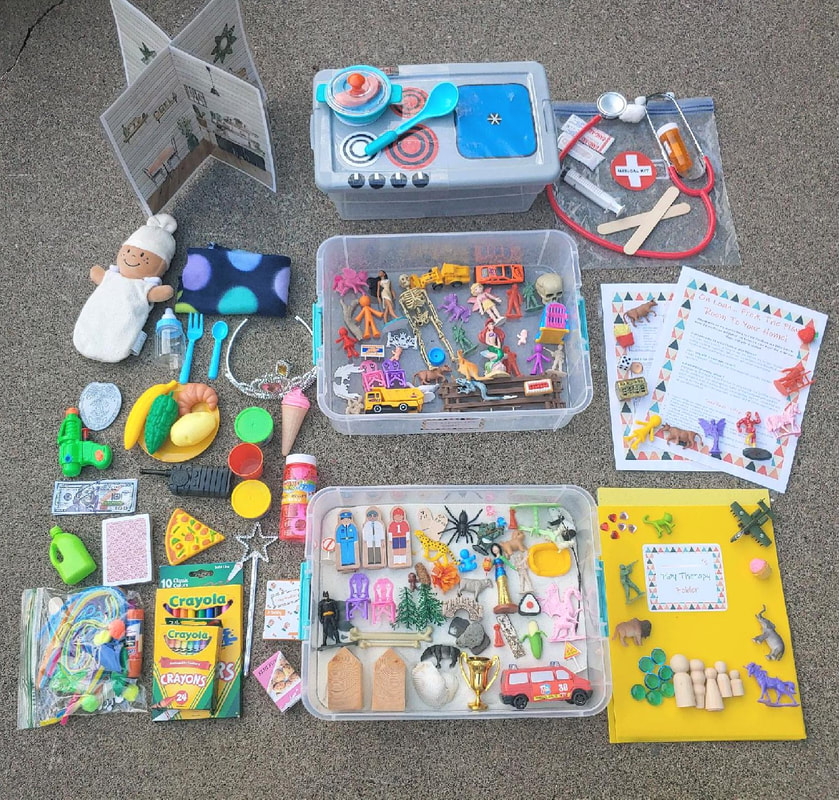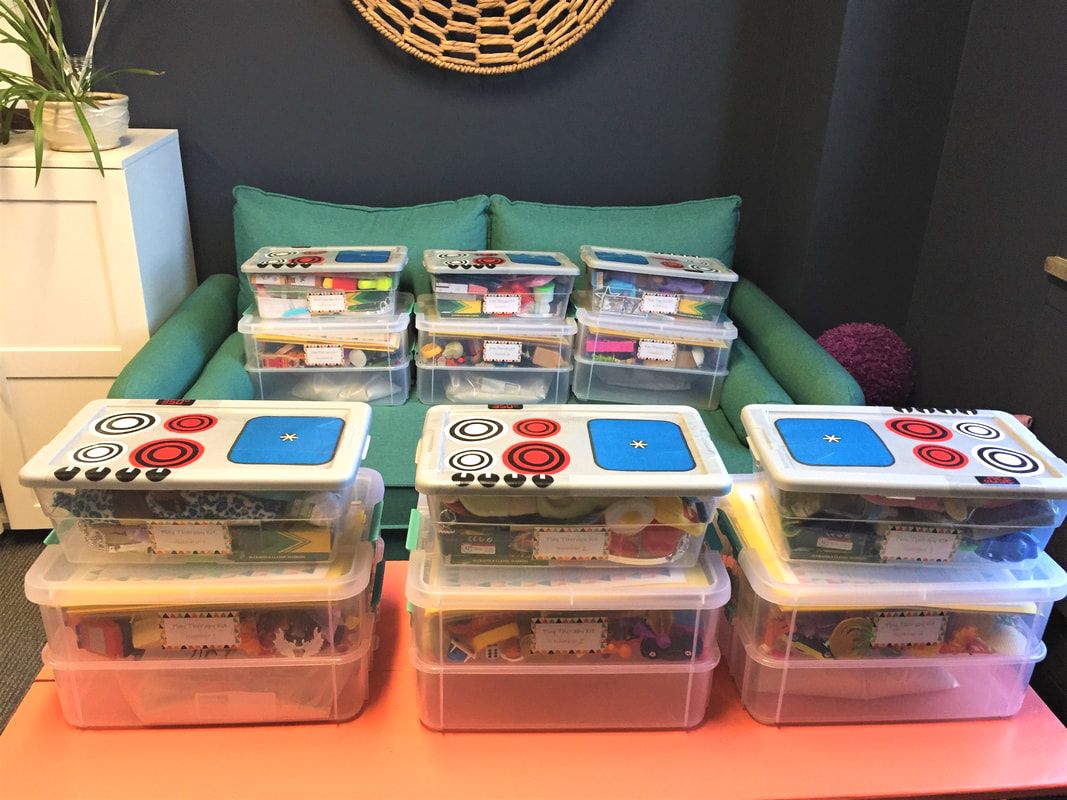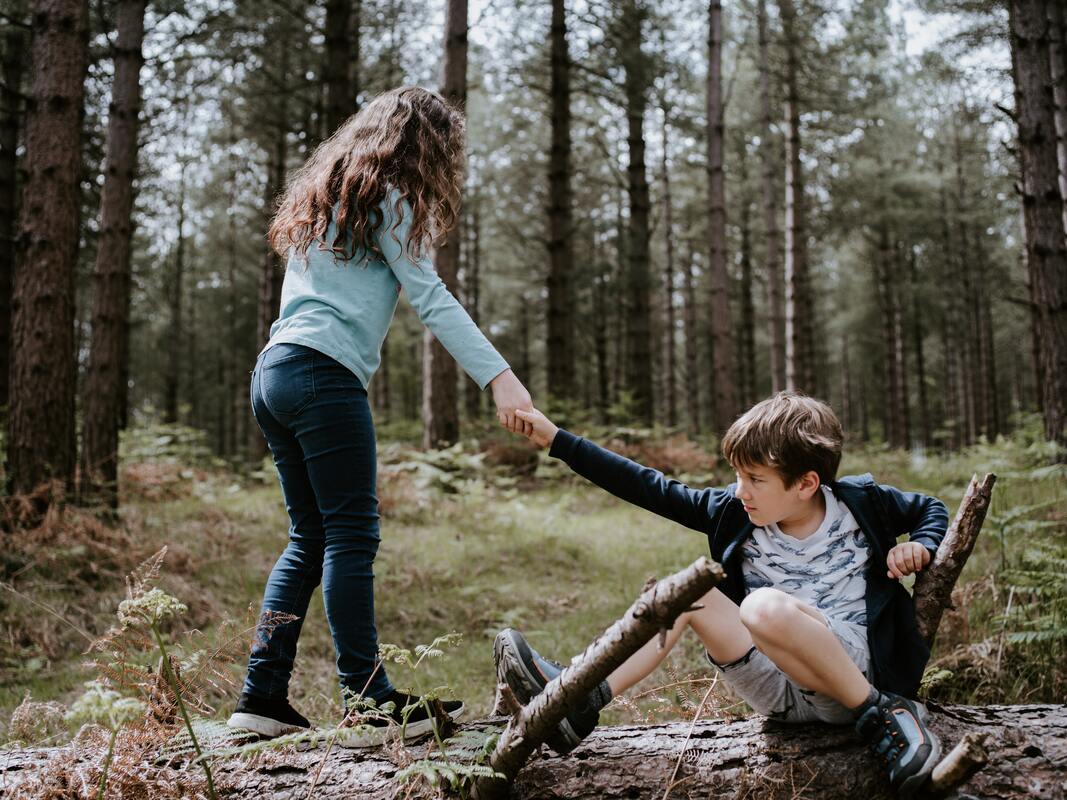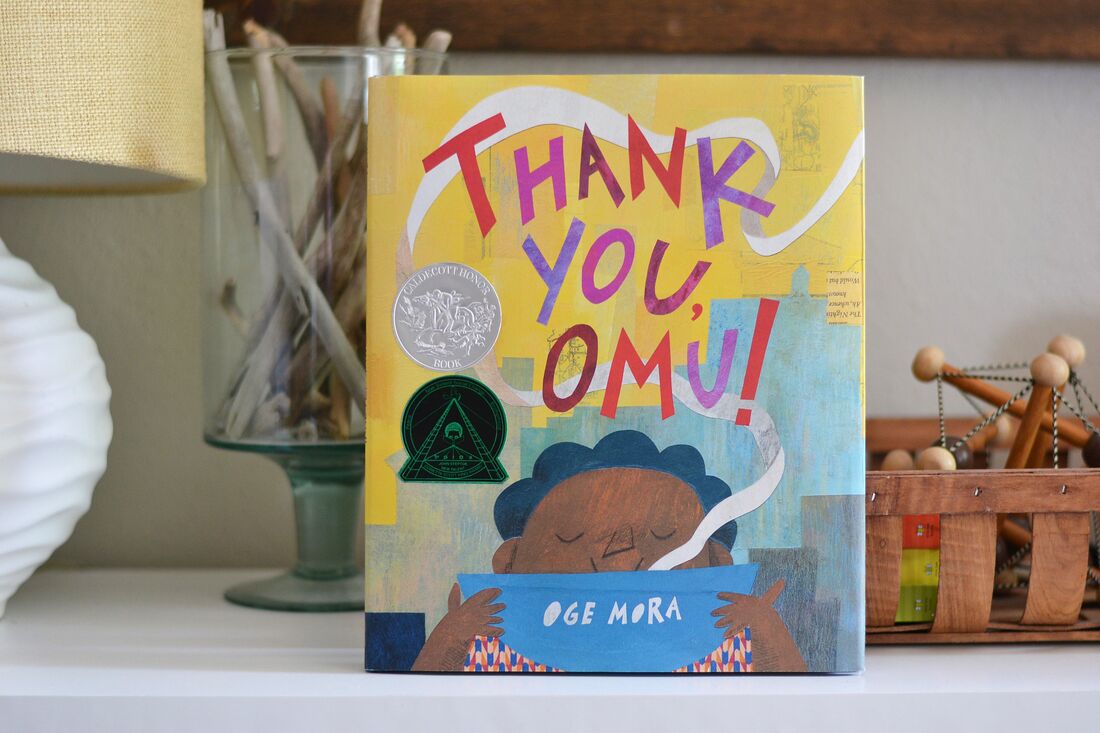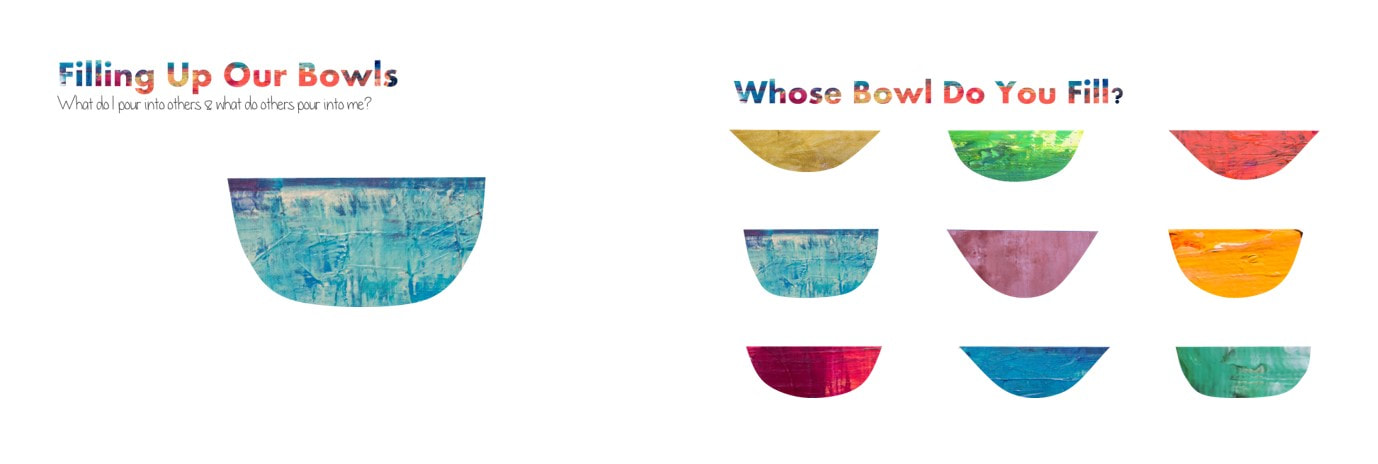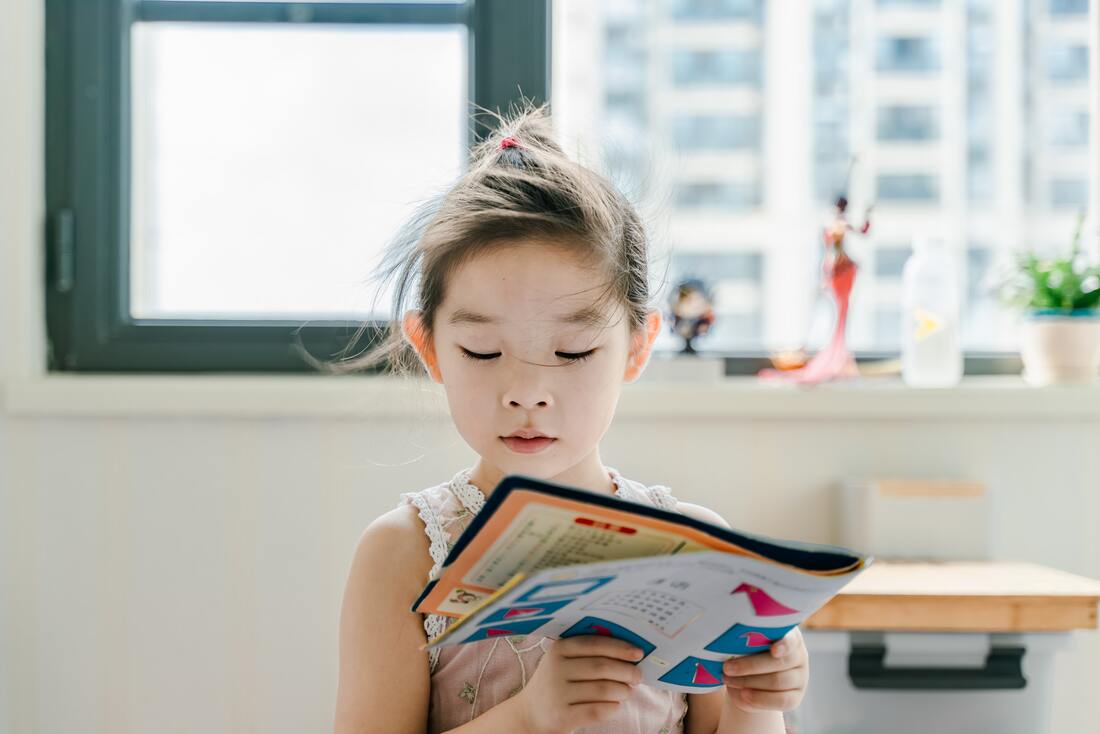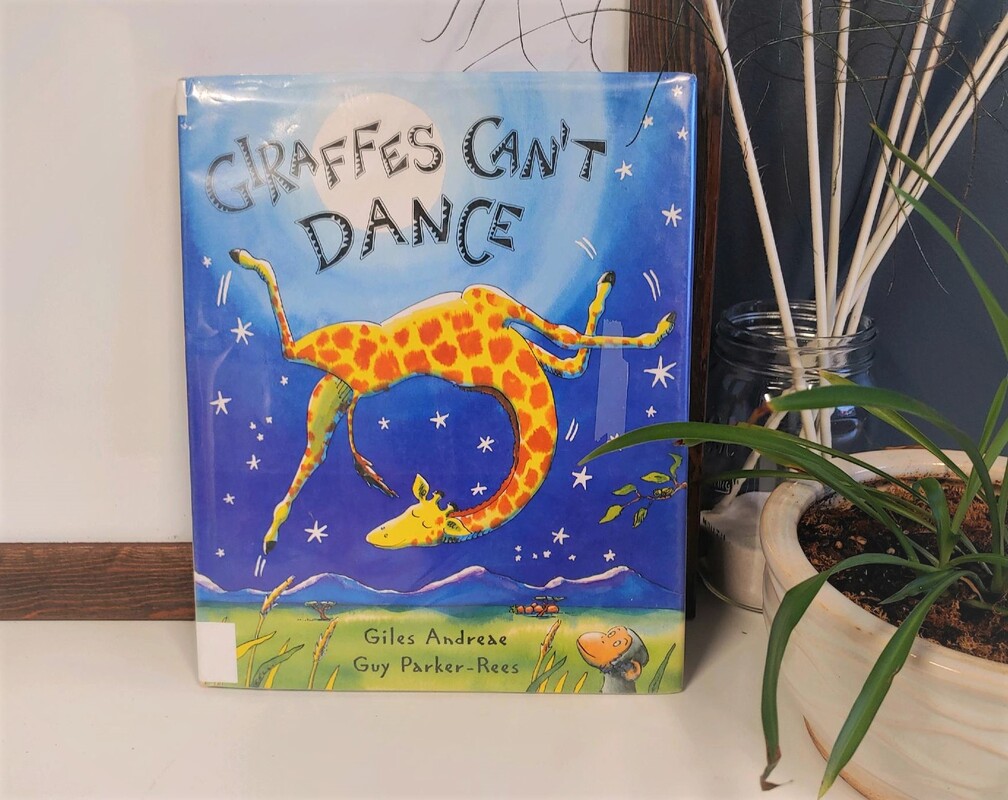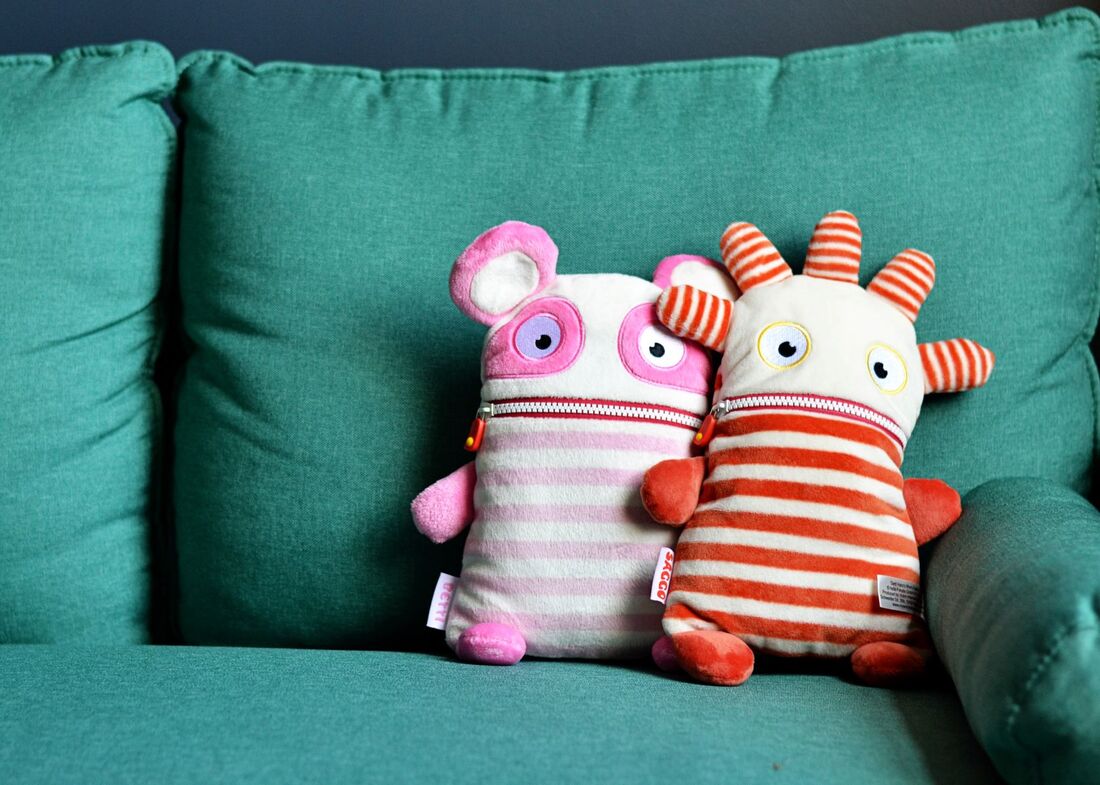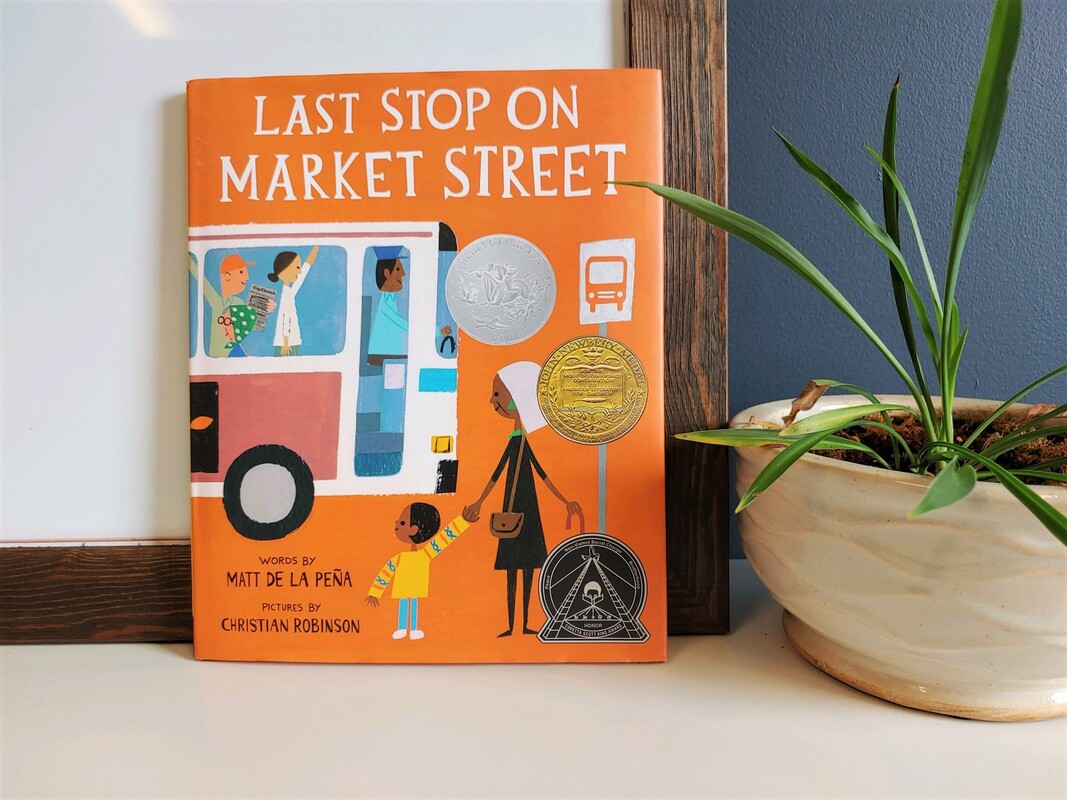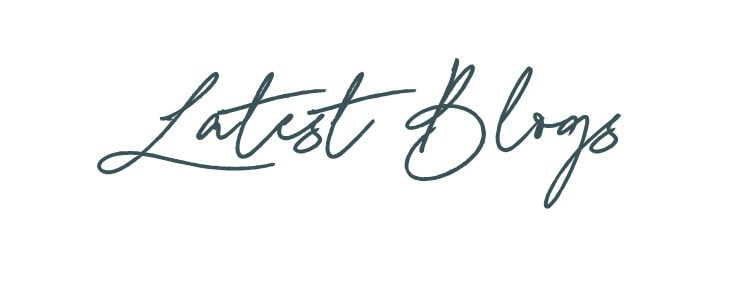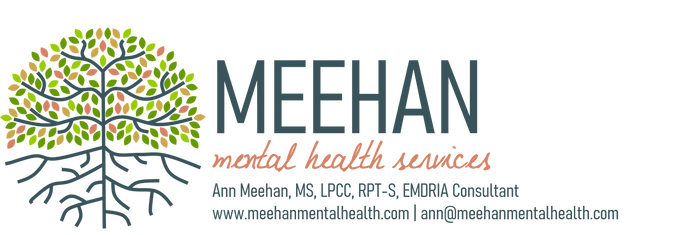|
Playing while apart is hard. Playing together with masks and cleaning procedures is hard. Playing is pretty hard in general right now. To make it a teensy bit easier I put together a Portable Playroom In A Tote for my clients to use for play therapy sessions at home. It is a comprehensive play kit that is just a bit smaller than the actual playroom. One that fits in a tote, bag, or rolling suitcase for portability. One of the most frequent questions I get asked by new play therapists is about what toys to buy, most of the time on a budget. It is a struggle as a new play therapist to get a feel for what “should” be in the Playroom while balancing a pretty non existent budget. When it came time for me to start developing Play Therapy Kits for my clients (I talk about the process and pros and cons HERE) I felt like I was starting all over again. I flashed back to my early days of trying to cobble together something that was comprehensive, but feeling very overwhelmed by the 80+ toys that are recommended for Child Centered Play Therapy. Back I went to hours and hours of internet searching, scouring multiple Dollar Tree locations (because not every store has the same darn stuff), and attempting to match, to the best of my ability, the lists and categories of what my young people may need in a portable Playroom. It was definitely a lot of work, but easier this round than last. This kit I created for my clients is pretty comprehensive and includes all categories from Garry Landreth’s categories of toys in his text HERE on Child Centered Play Therapy. Categories of Real Life Toys, Acting Out Aggressive-Release Toys, and Creative Expression and Emotional Release. The kits are also not gendered and they are nearly identical. There is no “boy kit” or “girl kit”, because we don’t want to make assumptions about what a child may or may not need to express themselves. My female identified clients get the scary monsters, army toys, and trucks, and my male identified clients get the dolls, bottles, and princesses. In his text Play Therapy: The Art of The Relationship Garry Landreth also has a toy idea list for a “Tote Bag Playroom”. A lot of those items are included in his kit, however there are many additional items that I selected due to what I find the children I work with are drawn to most. There is also the addition of Sand Tray and miniatures (which represent the categories above as well as Sand Tray categories for miniatures) also making it a larger and more comprehensive kit. Lastly because I also do Cognitive Behavioral Play Therapy I included more directive items such as cards, a dice, stickie hands, and a folder for art and projects. However, as we know those items can also be used to do almost anything a child may want. So without further ado here is the source list for the comprehensive Play Therapy Kits: Containers: Shoe Box Tote *these appear to be out of stock but most Target, Walmart, or Dollar Tree stores carry these for around $1.00. Make sure the top is flat if you are going to create a stove on top. Check out this link HERE for a free printable to turn the top of the shoe box tote into a stove! Sand Tray Tote *If you wanted to only have one tote this would likely fit it all BUT the top isn’t flat enough to be a stove, so if you want a cooking area you might print and laminate a sheet of paper to just sit on top or the floor. Grab a set of free downloadable and printable labels for kits HERE! Orientation Handout: I created a handout to orient parents and children to the Play Therapy kits including frequently asked questions, a list of rules, and an inventory. Grab your free printable (and editable) copy HERE! Sand Tray and Miniatures: Check out this post HERE for a comprehensive list of sources for all the miniatures and sand. I included a dice in the miniature but BUT it is a great took to take out and use for Cognitive Behavioral Play Therapy. Also, if you are transporting the sand tray, store the sand it a Zip Lock bag…trust me. Toy Tote: Dish/Pot and Pan set *these have enough for silverware, a cup, and a plate for 4 kits. They only had a pot/pan for 2-3 depending on what you want in your kits, but the Dollar Tree had a set with a frying pan, egg, knife, and spatula all for $1.00 so I purchase several to supplement. Princess Kit (crown, wand, ring in a 10 pack) *For the price and number of items you get, these were much cheaper than the Dollar Tree, where it was $1.00 for one crown Babies *I LOVE that each of them has an outfit you can take off AND that they are multicultural. When I purchased they were $28.00, so watch out for a sale! The Dollar Tree also has plush multicultural dolls, but they are all female. These come in both gendered/neutral colors and the Dollar Tree ones are in dresses and not infant like. Glue Sticks, Markers, Crayons, Play Therapy Folders – at Target on discount for back to school, the BEST time to refill your art supplies! Baby Blanket *I cut up one yard piece of fleece to make over 10 blankets. You can choose any pattern or hit up a sale at your local fabric store! Doctor Kit (Stethoscope, Syringe (Dollar Tree 4 pack), cotton ball, tongue depressor, band aids (make sure if they are “skin color” all skin tones are represented. If not characters are great!), and medicine bottles. If you are only making one kit a used (empty) medicine bottle from your home or a friend/family member will work great!) Toy Gun Food (9+ items per kit) Play Money *The Dollar Tree also has play money Baby Bottle *these are meant to be party favors but you can get a TON for a great price. I had my husband drill a hole in the nipple of the bottle to make that part less of a choking hazard, even though it is fairly big. You could also hot glue the whole thing together! Printable Doll House *I designed a pop up free printable doll house that I laminated with a bathroom, bedroom, kitchen, and living room. With laminated sheets it is also super wipeable. Stay tuned for the link for the free download! Dollar Tree: Playing Cards (2 pack) Police Kit (badge and walkie talkie) * I choose to purchase these for the walkie talkies but decided to leave out the guns that came with it because although bright orange they appeared a bit too realistic Bubbles (3 pack) Pom poms (multipack) Play Dough (8 pack, 2 per kit) **Check out this post HERE for miniature items that also came from the Dollar Tree Materials from my office: I have a big craft supply at my office so I dug into the stash as well as my treasure chest for these items. Balloons Stickie Hands Pipe Cleaners Popsicle Sticks Googly Eyes Construction Paper 2 Envelopes 2 Paper Bags The Breakdown: Each kit comes in 2 containers, around 170 individual items and cost around $75.00 per kit. The great news about these kits is that I wanted to make them as comprehensive as possible so I did include a lot of stuff. It was an investment I was willing to make in my Play Therapy practice as I knew I would be playing apart for some time, and then when returning to office still likely using the kits for the first bit. Here are some of my kits ready to be picked up by clients! Seriously for how many hours I put into these I felt like I was giving away my first born child (I'm only kind of joking)! But seriously I am hoping this source list saves you a boat load of time if you are thinking about creating these for your clients! Both totes are labeled with numbers (ie Kit 1, Kit 2, etc.) so the matches can stay together and I have a list of what client is in possession of what kit. Also, the awesome thing about this source list is it is so easy to pare down. You can select less to fit your budget. Amazon also has fluctuating prices. Sometimes if you keep an eye on something and come back there will be a sale and discounted pricing. Lastly, if you are making multiple kits you can hit that price point much easier than if you were only doing a single kit, because most come in multi-packs. If you are just starting up and looking for a single kit, pair with other Play Therapists and cost share the price of the kits! Have you started the journey of Play Therapy Kits? What is your most loved item in the kit? Let me know in the comments below! Want to know more about setting up your play therapy office or practice? Check out this training HERE! Let's Connect - click here to join my email list!
17 Comments
One of the things that I love about Tele-Play therapy is the creativeness that comes out of necessity! One of the many activities I have been enjoying doing with telemental-health is playing card games virtually as a Cognitive Behavioral Play Therapy activity for my sessions and admittedly I have really settled in to playing the "old fashioned" way - with real cards. What you need for this activity is to each have the same set of cards or same game at each location. I have been surprised to find that most families have UNO (one of my faves) but nearly everyone has a regular plain old deck of cards. Now, mind you, they might have creative or ummmm interesting designs on the back – and it has become one of my favorite parts to check out and compare designs. When you are playing cards virtually, instead of laying the card you are playing face up on the discard pile, you hold it up to the screen on your turn until the next person "plays" their card. Then, when the next person has their turn they hold up the card to the screen while you select your next play. Pretty low tech, but works extremely well! I developed the game "Strengths and Struggles" (or you could call it strengths and stumbles....sunshine and struggles, really anything) based on the game of Crazy 8's. Not sure how to play? Here are the instructions - straight from Bicycle Cards! I also don't keep score at the end I just start a new round. So here is where the therapy part comes in - every time you change the symbol you need to say something according to the "therapy rules". If you change from red to black you need to say a strength you have and if you change from black to red you need to say a struggle or a stumble. Let's define strength and struggle a bit deeper. A strength can be a trait, characteristic, choice they made that benefited themselves or others, a choice they made that was hard but they did it anyway, and on and on! Maybe they cleaned their room all on their own! Maybe they let their sibling sit in the front seat even though it was really their turn. And just maybe they worked really hard and completed that art project or story they were working on! A struggle or a stumble is a time where they didn't make a choice that worked for themselves or someone else. This could be a time they didn't do a chore and lied about it, a time they got frustrated at their sibling and yelled, or a time when had anxiety thoughts going over and over in their head and weren't able to reach for a skill. The great thing about struggles and stumbles are they are GREAT opportunities to learn and getting up is part of the journey. Now, here's the thing. YOU as the therapist also have to follow the therapy rules on your turn. This is an excellent opportunity for modeling! You want to make sure that your examples are kid friendly. You miiiight not want to use things that are too adult or will go right over a child's head like taxes or mortgage payments. You also might want to soften things a bit. If you got angry in the car about being cut off and started yelling (like really loud), you would definitely not detail the whole incident. Keep the focus on the child and what they might benefit from hearing. You might soften to feeling angry and not using your skills of deep breathing as a stumble. Most kids can relate to that! For some, you may need to brainstorm a list of things you might say for successes and struggles to avoid the blank stare look and confusion when it is your turn. That totally misses the point of validation, normalization, and modeling that can come with this activity! There are so many great moments to introduce skills, challenge cognitive distortions, normalize, and provide psychoeducation (among other things) with this activity! AND you can flex it, bend it, and get creative! Sometimes children develop the best set of unique "therapy rules" - so it is definitely an adaptable approach! What are your favorite "therapy rules" for therapeutic games? Let me know in the comments below! Let's Connect - click here to join my email list!
Omu’s stew brings the whole neighborhood to her door. Thick red stew to be exact. The most delicious stew anyone has ever tasted to be more precise. The community trickles in throughout the day enticed by the most delicious smell, and each time Omu hears a knock she gives! Bowls upon bowls head out her door for the entire day. At the end of the day as Omu goes to grab a bowl for herself it’s all gone. As soon as her heart starts to sink, she hears another knock – everyone has shown back up at her home. Not to take, but to give! I have fallen in love with this story about giving, community, and togetherness. It is about the gifts that we give others, and when we need it most, how others pour into us. Oh, and the book is BEAUTIFUL too! In case you are wondering – Omu is pronounced AHH-moo and is the Igbo term for “queen”. In the story (and for the author Oge Mora) it means Grandmother. I created this FREE worksheet bundle and want to show you how I have been using it in sessions with young people! These worksheets are a great fit for Tele-Play, in office sessions, for school based services, or nearly anywhere else you may do therapy! It is great for kids to strengthen their sense of connection, self esteem, sense of contribution to others, and identify how to get needs met! So this first set can be used in SO many ways. Usually I have a client start and work from the “Filling Up Our Bowls” sheet. They label the big bowl in the middle as themselves. From here they can cut out and paste (or draw their own) bowls of people they pour into – parents, grandparents, guardians, friends, teachers, and YES even their therapists! These bowls are placed around their bowl and I encourage clients to choose color that represents the person they are pouring into. Maybe blue for their brother? OR green for their best friend? Next to each bowl coach the child to write the way they pour into this person. It could be inside the bowl, around the bowl, coming up like steam – anywhere will do! Could it be that they share their humor, compassion, tech skills, or love for sports? YES! Then using the same color as the bowl of the person they are focusing on, write with that color inside the child's bowl of how that person pours into them. With the example above, using blue, how does their brother pour into and support them? Is it by always being there to talk? Sharing? Suggesting fun things to do together? AND in green for their best friend, does that person give them compliments, help them with homework, or show compassion? Sometimes it may make sense to just work off of the “Whose Bowl Do You Fill” worksheet and identify the way the child gives to others. This can be tricky if the child only has a couple of people they believe they pour into OR has more bowls than are created. However, we are play therapists so we adapt – turn it over and create more bowls OR cut a smaller worksheet out of the larger one! This next worksheet, "Recipe of ME!" can be used in tandem or in place of the first set. Omu draws the entire community in with her delicious smelling, thick, red stew! This worksheet is used to increase self esteem and identify what draws others to the young person you are working with. For the literal children you could coach them to write words and characteristics that others like and appreciate about them. In metaphor you could have the child draw the ingredients in their version of “thick red stew”. On the outside you could create a recipe card of what each of the ingredients means – do the carrots mean kindness? Are the onions like empathy? Does the salt mean a little sass or humor? Click HERE to get the free downloadable worksheet bundle! I would SO encourage you to buy this book - it's $15.00 right now on Amazon. Prefer smaller book stores? Find a list of independent Black owned bookstores HERE! What other activities do you use to help with self esteem, connection, and relationships? Drop a comment below! PS Want to know why I am so book obsessed lately? I've been living, breathing, and playing with books getting ready for my new bibliotherapy training - check it out HERE ! Let's Connect - click here to join my email list!
We have a serious problem. There is a significant diversity gap in the number of books published about and by People of Color. Despite making up 38% of the population, in 2016 Black, Latinx, and Native authors combined wrote just 7% of new children’s books. In 2018 books were significantly more likely to be about animals (27%) than that featured Black/African American characters (10%), Asian Pacific Islander/Asian Pacific American (7%), Latinx (5%), or American Indian/First Nation (1%) characters. In 2015? Only 14.2% of children's books featured diverse characters. In 2017 the Cooperative Children’s Book Center breaks it down that of the 3,700 books published that year 25% of books were about People of Color and only 6% of these books had authors or illustrators who were People of Color. This highlights that although there is an increase in books that feature diverse characters, they are not being authored or illustrated by People of Color. So, what does this mean for Play Therapists? Well, I think it means that we have to be extremely intentional with how books featuring children of diverse backgrounds show up on our bookshelves in our play room. I would encourage you to take stock, right now, and evaluate what percentage of books do you own that feature diverse characters? And I’m not talking about a supporting character or diverse children in the background – actually featuring the stories and lives of Children of Color? What voices are missing from your collection? Now, get a plan! What are you going to do, what are the specific steps, to help increase the diversity in voices of not just books featuring diverse stories BUT seeking out authors and illustrators who are Black, Latinx, Asian Pacific Islander, American Indian, or First Nation? I wanted to share with you my favorite sources for diverse books to get you to “add to cart” these beautiful, wonderful, and diverse stories.
There is much work to be done – and lucky for us shopping for books is so much FUN! Let’s fill our bookshelves with these multicultural stories! Let's Connect - click here to join my email list!
“Giraffes can’t dance you silly fool, oh Gerald you’re so weird.” I literally have this book memorized. I could recite it in my sleep – no joke. Not only because I use it all the dang time in my therapy sessions, but my son also happens to love it too! AND what’s not to like – an underdog truly coming into his own to become the BEST dancer anyone in the jungle has ever seen! Ok, let me back up a minute. You all know how much I love bibliotherapy, and if you haven’t read Giraffes Can’t Dance scoot yourself to the nearest bookstore, pop it in your Amazon cart, or to be honest you can see it right now on youtube! In this book, Gerald the giraffe learns that animals in the jungle can be unkind and downright mean, but with the help of a cricket, confident thinking, and his own special song he can do anything he puts his mind to - including dance! This book has it all – self-esteem, bullying, growth mindset, self-talk, connection and support. It is also ah-mazing for Cognitive Behavioral Play Therapy. There are so many opportunities to go through the cognitive triangle and connect thoughts, feelings, and actions. It is also filled with regulation skills and highlights Gerald’s self-talk. You can clearly see the pattern when Gerald makes statements that he is “such a clot” and how they connect with him feeling sad, giving up, and going home. Giraffes Can’t Dance also highlights the importance of helpers – a small cricket steps in and serves Gerald some serious wisdom allowing him to find his rhythm and a song that is just for him. You can see the shift in Gerald’s mood as he exclaims “I AM DANCING”! He is also incredibly gracious and doesn’t even dish out as much as an “I told you so” to any of the jungle animals – he just finishes with a bow. Gerald is one class act. My favorite companion activities for this book include a “Find Your Song” activity. You have young people identify a song that is just for them – the music they move through life to. You can play the song in session, notice what feelings and thoughts come up, or have them focus on a specific powerful self-statement. This book is also a great tool for EMDR as it helps identify feelings, thoughts, and cognitions. You can get curious about where Gerald may feel sensations in his body and what pictures may be going through his head as well as giving Gerald a Subjective Units of Distress rating. This primes young people to head into phase 3 of EMDR desensitization and reprocessing and gives them language and examples when asking about TICES. You can also use the “Find Your Song” activity if you are trained in EMDR with slow bilateral stimulation for the development of a resource. I have also developed a worksheet pack that I use with young people including a Giraffes CAN Dance growth mindset worksheet that helps young people evaluate things they thought they couldn’t do but actually could as well as things they can’t do YET! For young people who feel isolated or alone you can grab the “Who Are Your Crickets” worksheet to help them identify their community and team. I have also used this for big transitions in life such as from elementary school to middle school or out of intensive outpatient treatment into a less restrictive setting. The last worksheet in the packet, "Who Are You A Cricket To" can be used for social skills. You can help young people identify how they show up for others and encourage others. You can grab your free downloadable worksheet pack HERE! This is such an amazing book that I have used it different ways and different times with the same client. Maybe one time to talk about confidence and finding a client’s song and again for a transition time when she needed to get clear about who was on her team. I know this book is so dynamic – drop a comment with other ways you have used this book in your practice! PS - why YES that is a giant piece of tape on my book! This is one of the original books I purchased as a play therapist with a tiny budget. It came from a little website called half.com where I was used to buying some of my college text books. This copy is from the New York Library! Interested in learning more about how to use Bibliotherapy in your Play Therapy Practice? Check out this training HERE! Let's Connect - click here to join my email list! *This post contains affiliate links, so I may earn a small commission when you make a purchase through the links on this site. The best news? It doesn’t cost you a penny! Thanks for supporting The Playful Therapist Blog by shopping my favorite playroom gear and accessories! These are my Big Feeling Eaters. Okay, so they are really called Worry Eaters, but I certainly DO NOT want to discriminate on the types of feelings they could eat. Angry, sad, or jealous feelings are just as important as worried feelings! These cute little monsters are anywhere from $24.00 on Amazon like these ones HERE and HERE! The awesome thing about these monsters is they come in such a BIG variety all with their own unique names like Flint, Polli, Enno, and Ping. I couldn't decide on just one so I bought three (sadly Schmidt did not make the photo shoot). This may be this pull inside me to allow children as much choice as possible, OR it could be indecisiveness. Either or, these three live out their lives in my playroom. If you are just starting Play Therapy or child and adolescent counseling with a tiny budget you can get these ZIPIT Monster Pencil Cases for around $8.00. Still too high? No worries I have your back – check out my Pinterest board for how to make your own with supplies you probably have on hand to live in your office. My favorite (even when I use my Big Feeling Eaters) is to make one out of tissue boxes for the young person I am working with to take home. And if I know one thing about therapists we go through a ton of tissue boxes. You can even recruit your office mates to save them for you! The other supply you need for this activity? Little colorful strips of paper to write the big feelings on. The young person gets to choose what pieces of paper best represents their feeling and trigger for the week giving them a sense of empowerment and control. Now that we know WHAT these guys are, let’s dive a little deeper into what you DO with them. I love to use these guys for compartmentalization or a container exercise, which can be incredibly helpful for those young people who ruminate on big feelings and let them take root and live in their brains and bodies. When this happens sometimes there is little ability, energy, or focus on anything but those darn big feelings. We see this all the time with the young people with whom we work. This might look like worries that prevent a child from going to bed on time, a child becoming so angry that it is not her turn for the iPad that she is unable to let these feelings go and carries them all the way to bed time (with a couple of blow ups on the way), or the young person who becomes so distressed when his basketball team loses that he can’t stop crying. If you are trained in EMDR this is a great activity to do before you enter the desensitization and reprocessing phases so clients have a container at home. Or for those incomplete sessions you can offer the Big Feeling Eater to contain the memory. It’s also an awesome Cognitive Behavioral Play Therapy technique. Here’s my scrip that I use to talk about this concept with young people: “These are my Big Feeling Eaters. They live here in my office and LOVE to help out young people. Their job is to eat big feelings like anger, sadness, jealousy, and worry. Their bellies can ONLY get full when they eat big feelings from children like you! They love to help out the young people I work with to make them feel better by eating all those big feelings that don’t feel good to them in the moment and that might make it hard to do the things they want! AND the young people I work with LOVE to help out the big feeling eaters by giving them some of their big feelings that aren’t working for them. Their bellies only feel full when they are eating big feelings. Anytime you come into this office and have a big feeling you want to get rid of you can choose to write it on that paper over there and feed it to the Big Feeling Eaters. The only rule is they have a super secret detection system, in if someone puts in a big feeling that isn’t safe then they will let me know. Otherwise the feelings will digest and make their bellies full!” I also intentionally leave the big feelings in their belly. WHAT? Doesn’t this violate confidentiality? Well…I want to normalize that others have big feelings too. Children are never left in my office without supervision, and rarely someone will try to reach it and look at the big feelings. When this happens I will say something like “OH NO! Those feelings are digesting – we can’t reach into their bellies and take them out. It would be like if someone reached in your belly and tried to take out your lunch – it would feel yucky!” I have never had a child not respect this boundary. The other piece to this is that I check the big feelings after the child leaves. If there was any identifying information (which there has not been yet) I would remove that big feeling. Most of the time it sounds something like “my math test”, “going to bed by myself”, "being sick" or just simply the feeling word. None of these big feelings could ever be identified and connected to the young person, so they stay and it can be powerful. A lot of the time young people will run and crunch the Big Feeling Eater’s belly and say “ohhh they’re still digesting”. OR other times they will make a comment such as “I bet I’m the only one who has fed them” only to discover that there are other feelings “digesting”. Recognizing that they are not the only child with big feelings, because sometimes it can seem that way, takes the shame out of the worries, tantrums, and tears. Some young people take it and run with it wanting to deposit feelings each time. Others know it is there for them when they need it. Overall it provides empowerment that we are in control over what we choose to occupy our minds and how we can regulate emotions with compartmentalization and container activities. If you had a Big Feeling Eater what feelings would you put in there this week? Frustration with paperwork? Stress with not enough time for emails or collateral contacts? Do you have other favorite compartmentalization activities you like to use with young people? Drop a comment below! Let's Connect - click here to join my email list! *This post contains affiliate links, so I may earn a small commission when you make a purchase through the links on this site. The best news? It doesn’t cost you a penny! Thanks for supporting my business by shopping my favorite playroom gear and accessories!
My son has exactly 5,873 books. Ok, maybe that is an overstatement BUT he does have a ton of books – like baskets upon baskets and shelves upon shelves. The first thing I went out and bought when we found out we were pregnant was an amazon cart of books. To say I am book obsessed is an understatement, and this love of books has been growing ever since I was little and had 5,873 books. I have been using bibliotherapy in my practice with children and young people nearly since day one. I cannot describe how amazing it feels when a child feels seen and heard through bibliotherapy. Some children feel like they are the only ones to have gone through something or know what it feels like to have the feelings they have. BUT children get so much comfort in the fact that if someone actually wrote a book about something AND a publishing company felt it was so important to actually make the book – then they are not alone. That look of relief that washes over their face and the shame melting away is an amazing experience both as a therapist and for the young people we work with. Bibliotherapy is the use of literature to help children cope with and process emotional and behavioral difficulties and big life changes. It is one of my favorite things to present on and I only combined my last presentation Books, Games, and Media Oh My: Broadening Your Play Therapy Toolbox because I didn’t know how many other book nerds were out there and would be interested in a whole 6 hours of bibliotherapy. Drop a comment below if you are also a fellow book nerd with your favorite book to use in the playroom! Books are SO magical because they engage and capture the three portals of learning – visual, auditory, and tactile and kinesthetic. The last portal is especially engaged when bibliotherapy is combined with other directive play therapy techniques and research actually shows that bibliotherapy increases with effectiveness when paired with another directive technique. The amazing thing about bibliotherapy is it can fit into most theories of play therapy depending on how you are using it. For those that practice Child Centered Play Therapy it fits into a play therapy session when a child spontaneously takes a book from the shelf and begins to explore. Some may read as a mother character or when playing the role of teacher. For more directive approaches liked Cognitive Behavioral Play Therapy the therapist can introduce the book and the directive activity based on the child’s goals – maybe for emotional identification, shifts in maladaptive cognitions, or identifying adaptive behaviors or coping skills. Being a mom and a play therapist is an incredibly interesting season as sometimes the play I do in office with clients spills over an informs the play I do at home. I mean, I have all categories of Dr. Gary Landreth’s toys present in my son's toy collection AND a sand tray in my living room. However, I am finding more and more that my play at home is informing my therapy practice. There are new toys, books, and games that I finding that I just NEED to by a second one for the office. The book Last Stop on Market Street by Matt de la Pena is one of those times. To say this book is amazing is an understatement. It is beautifully and vibrantly illustrated, has a wonderful message on gratitude, and has won a slew of awards. One the first page we meet CJ, a curious young boy who is wanting what others have. As he and his grandmother catch the bus across town after church to volunteer at the soup kitchen CJ is wondering – why doesn’t he have a car? How come he doesn’t have headphones like the teenage boys? How come he has to go volunteer? His grandmother shows kindness and gratitude on every page. She is able to find the little miracles in the every day. After the 500th time of reading this book (because that’s what kids like to do) I had a lightbulb moment that this was ABSOLUTELY a therapy book. The ways to help young people see the miracles and magic in the everyday is endless. This book is wonderful for those that struggle to see the good or positive, are often angry or irritated, have a sad or down mood, or are just chronic complainers! Research shows us that gratitude, the act of showing thanks and appreciation, is linked to improvement in mood, can actually change your brain, and releases the feel good chemicals of dopamine and serotonin! The book on its own is amazing and for some who practice reactive bibliotherapy that is where this activity ends. I am a huge fan of interactive bibliotherapy where you pair the book with some sort of creative activity – and let me tell you – the sky is the limit. You could go together (with all the necessary permissions of course) on a gratitude walk during the session, naming things on the way you are grateful for. Even in your office think about all the wonderful things you could see on the way from your office to the waiting room – electricity, heat (especially important to Minnesotans with subzero temperatures), art, the internet, indoor plumbing, the ability to be mobile, and the list could go on! You could assign the child homework to do a gratitude walk alone or with parents OR one of my favorite assignments for families is developing a ritual of sharing of gratitude on a daily basis before bed, at dinner, or in a gratitude journal. Sometimes I bring this technique into the therapy session because I find parents are often times so busy putting out fires that in a moment of peace they just want to relax and take a breath! For some young people I end my parent check in portion with the parent looking at the child and telling them all the things they are grateful for their child over the week. It can be anything from loving the child’s sense of humor, when a sibling instigated the child and he/she walked away, or enjoying an activity done together. I call these “ushy-gushy” moments because it is so darn COOL to see this outpouring of love that often times we don’t stop to do. The book creates a nice springing off point to talk about WHO in the child’s life they are grateful for and HOW they could show that person/people they appreciate them. This could mean drawing a picture or making a collage of what they are grateful for. You could focus on the toughest part of their day and find the good parts to pull out. I also often have children in my office that want to make a card/art for a parent, teacher, sibling or friend. Other times it can be a thank you card – sent or kept private – that the child writes to someone special in their life OR to someone they struggle to find the good in. Questions I found helpful to process this book:
Now lastly, I want to share one of my favorite bibliotherapy secrets – almost all books you can find on YouTube! I prefer having book in hand reading in real time, HOWEVER if you don’t have the budget, don’t know if a book will fit will into your practice, or dang it you forgot to put it in your amazon cart and the client you want to do this with is on your schedule today – watching a video of the book together can be wonderful. What are your favorite ways to cultivate gratitude in session with clients? I would love to hear what goes on in your play room! Want more training on how to use Bibliotherapy in your Play Therapy practice? Check out this training HERE! Let's Connect - click here to join my email list! *This post contains affiliate links, so I may earn a small commission when you make a purchase through the links on this site. The best news? It doesn’t cost you a penny! Thanks for supporting my business by shopping my favorite playroom gear and accessories! |
Hi, there!I'm Ann Meehan, an LPCC, Loading... Archives
July 2024
Categories
All
|
Privacy Policies | Terms of Use | Disclaimer
Contact
[email protected] | Copyright Meehan Mental Health Services 2022
Contact
[email protected] | Copyright Meehan Mental Health Services 2022

